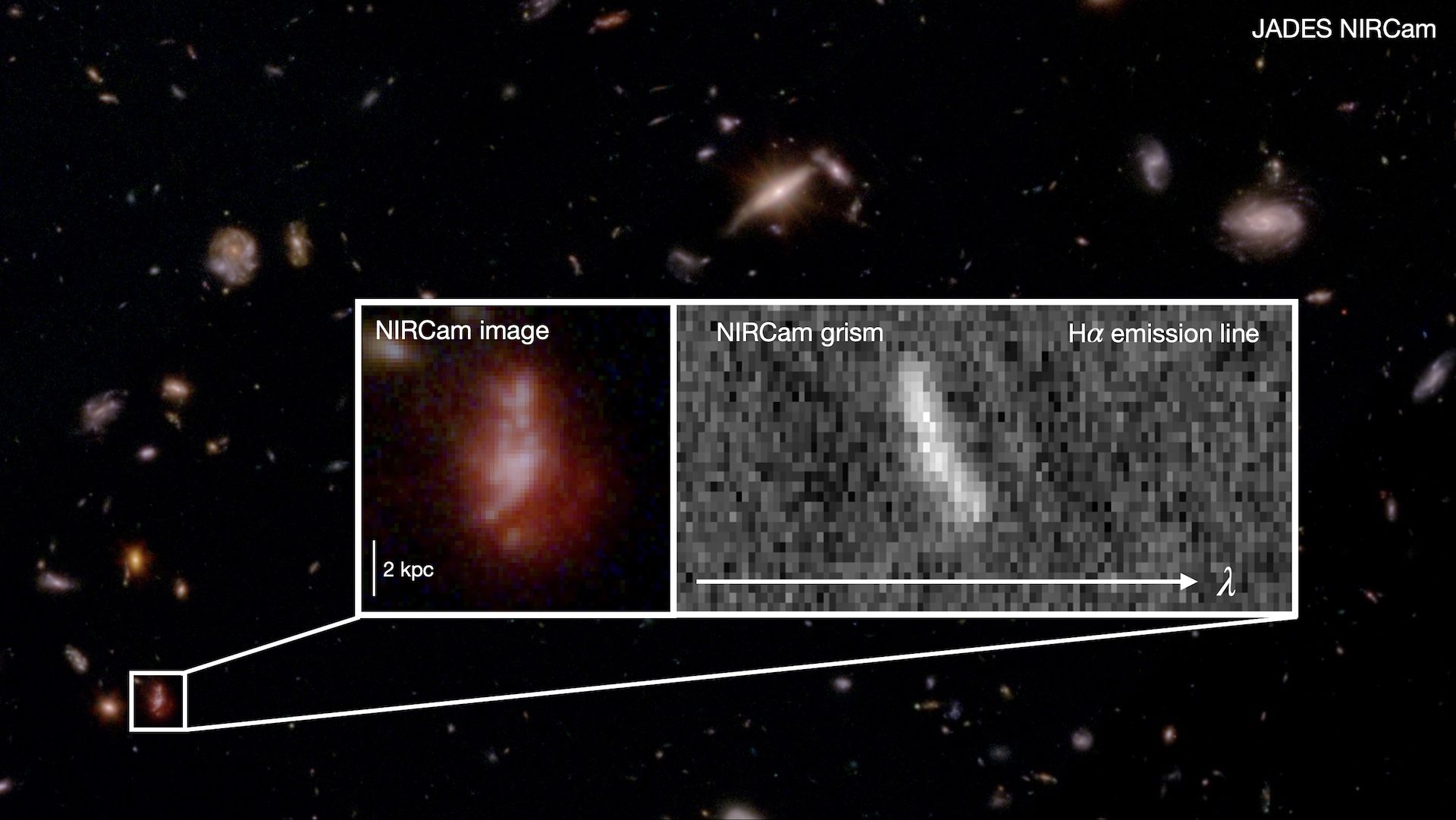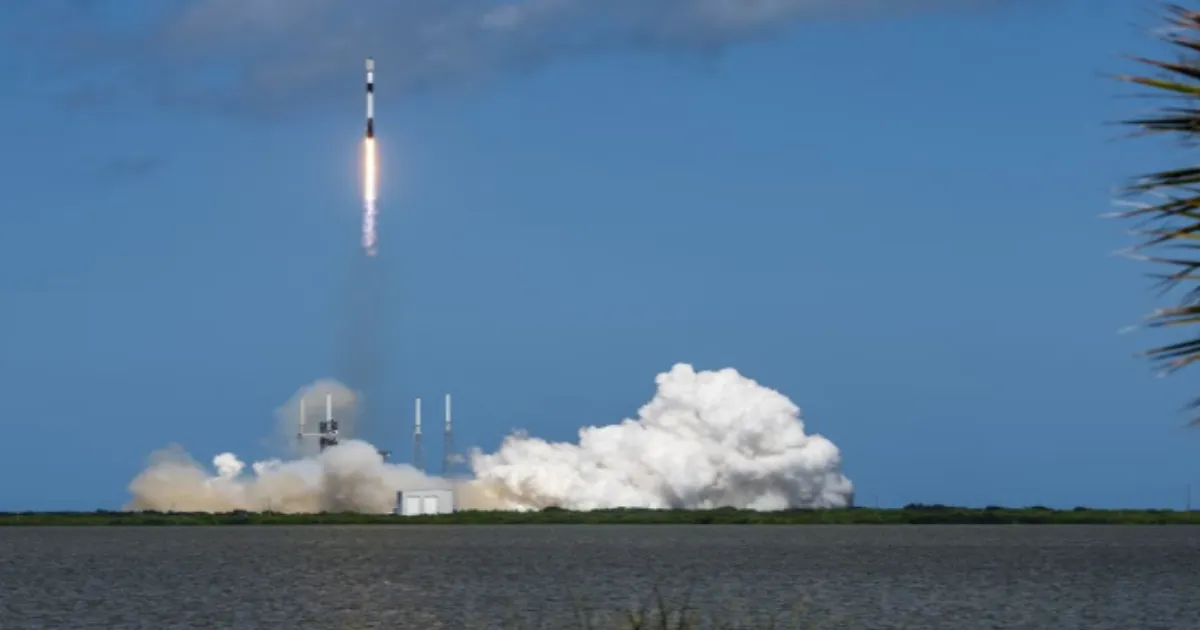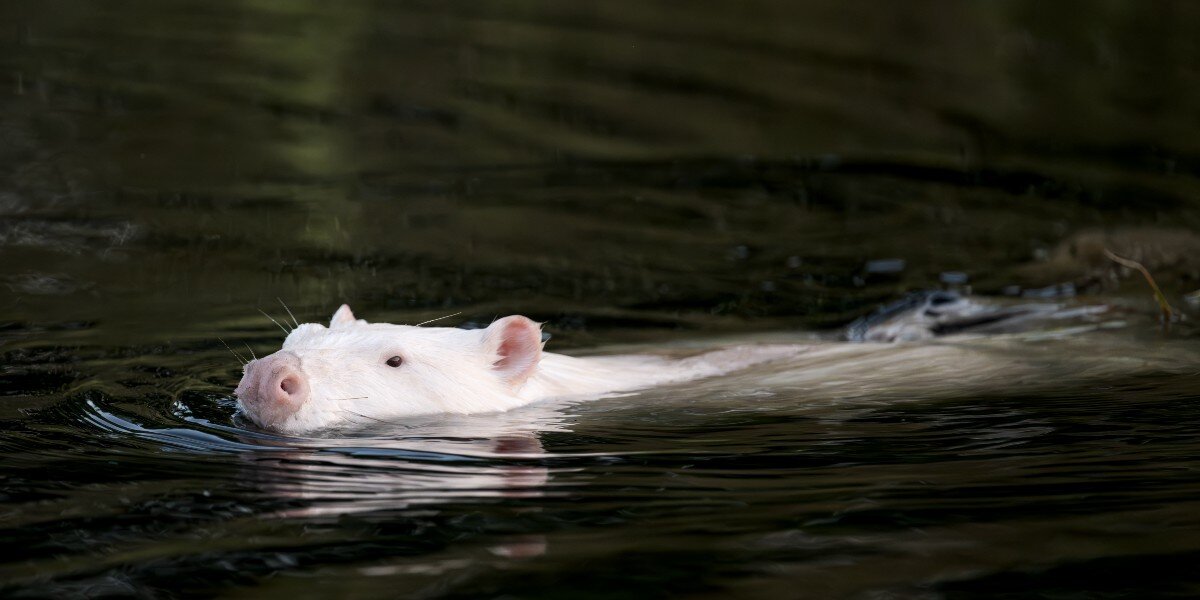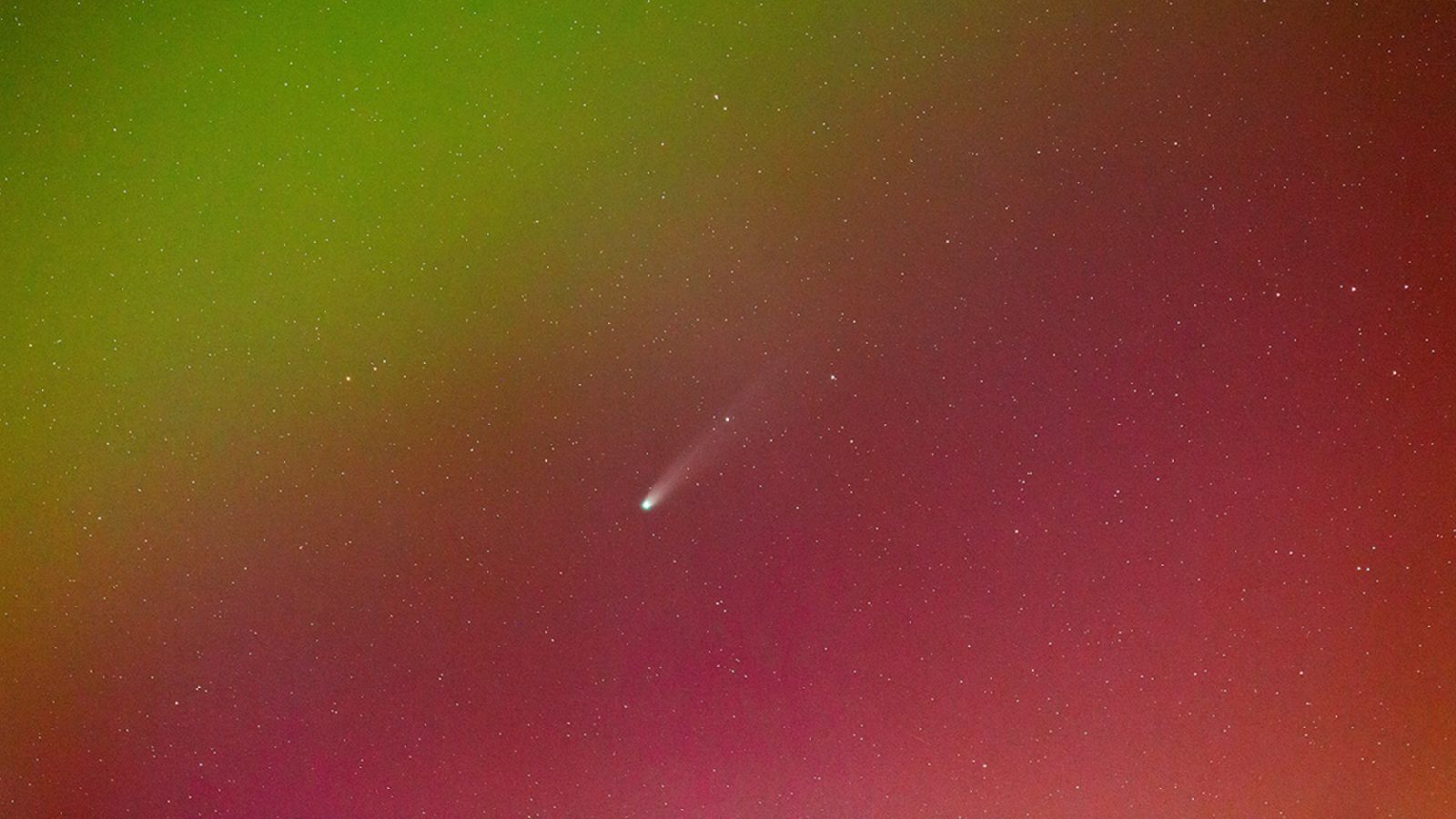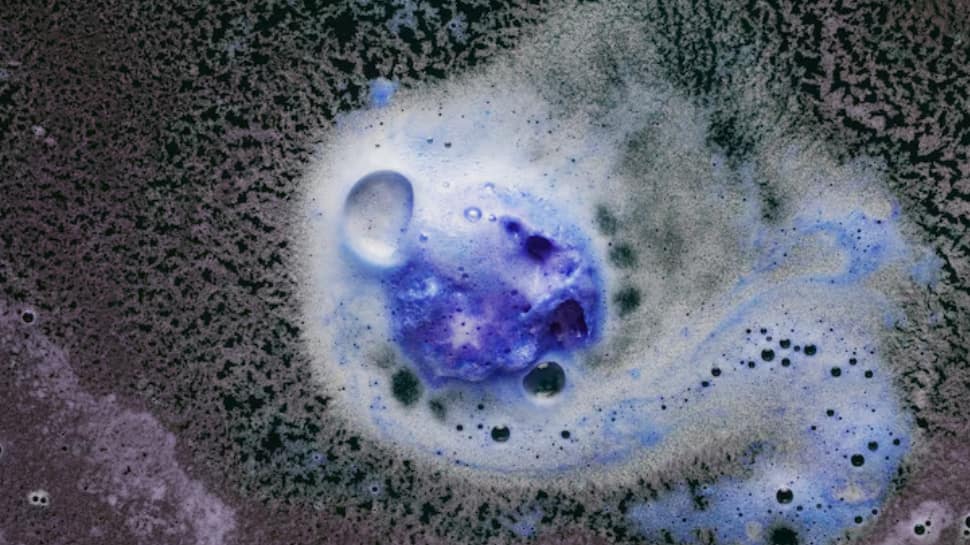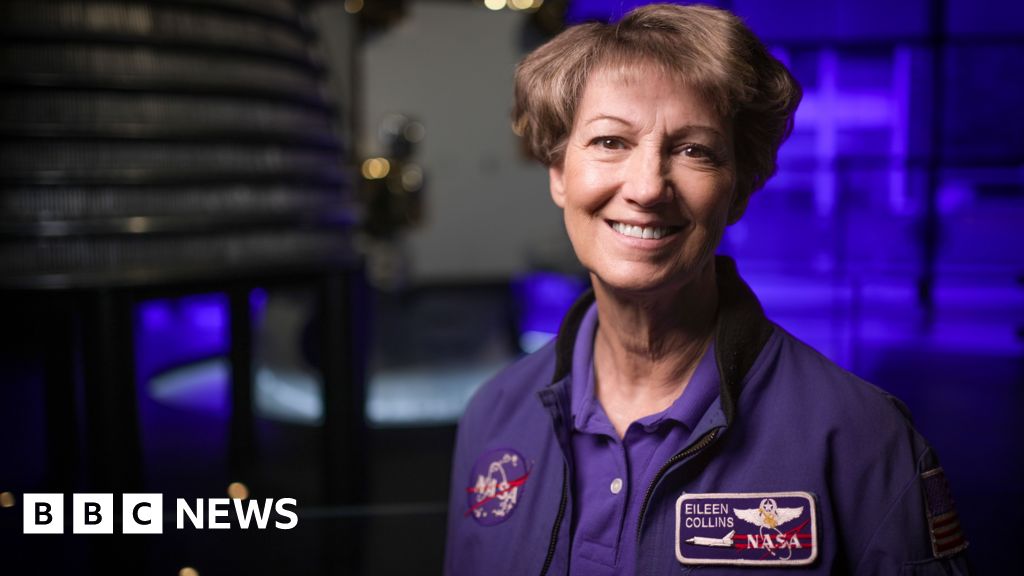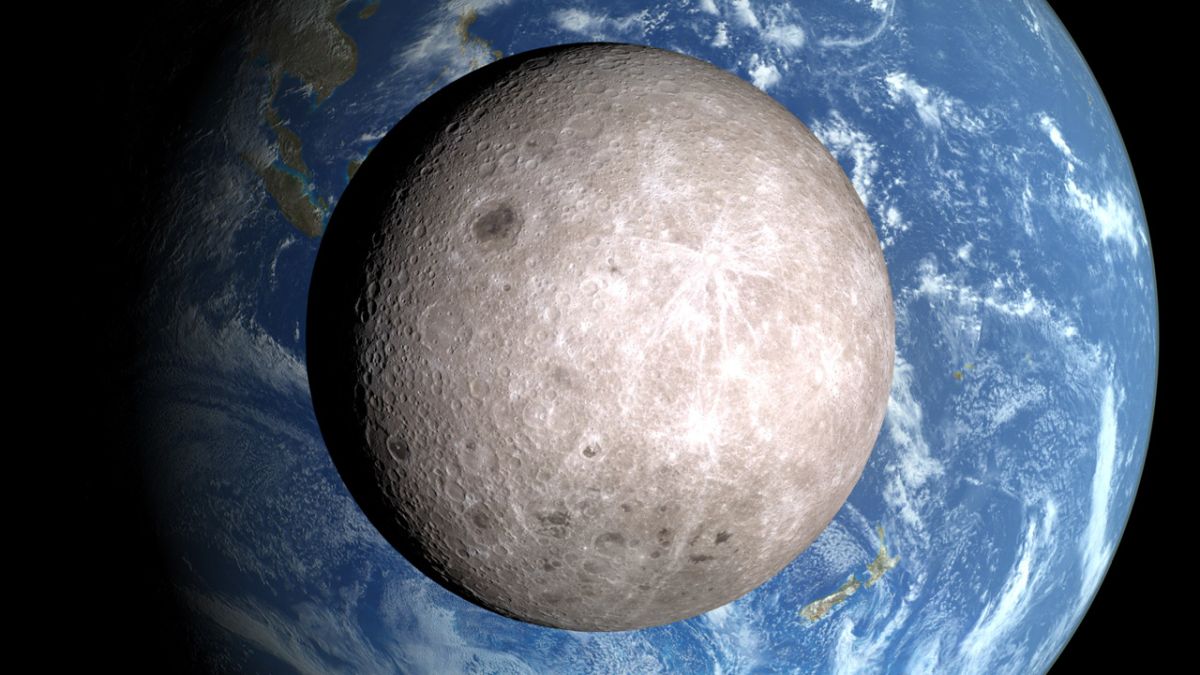Unbelievable Discovery: Life's Building Blocks Found in Another Galaxy!

Imagine peering into the vastness of space and discovering that the very building blocks of life are swirling around a young star in a galaxy far, far away. Astronomers have just done that with the help of the revolutionary James Webb Space Telescope, and it’s shaking up everything we thought we knew about life in the universe!
In an astounding revelation, scientists detected organic molecules—essential ingredients for life—frozen in ice around the star ST6, located in the nearby Large Magellanic Cloud, a satellite galaxy of our Milky Way. This groundbreaking finding suggests that the seeds of life may be more widespread across the cosmos than we previously imagined.
The James Webb Space Telescope’s infrared capabilities are game-changers, allowing researchers to peer deeper into space and analyze substances invisible to the naked eye. Its Mid-Infrared Instrument (MIRI) identified five complex carbon-based compounds around ST6, including familiar ones like methanol, ethanol, and the elusive acetic acid, which had never been definitively spotted in space ice before. Imagine finding something as common as vinegar floating around in the universe!
Leading the research, Marta Sewilo from the University of Maryland and NASA shared that these findings were made possible due to Webb’s extraordinary sensitivity and high-resolution imaging. “Before Webb, methanol was the only complex organic molecule conclusively detected in ice around protostars,” Sewilo explained. “Now, we’ve gathered an immense amount of information from a single spectrum, more than ever before.”
Located 160,000 light-years away, the Large Magellanic Cloud serves as a natural laboratory where scientists can examine star formation in conditions akin to the early universe. The reduced abundance of heavier elements, such as carbon and nitrogen, in this environment provides vital insights into how complex organic chemistry can take shape under challenging conditions.
Co-author Will Rocha noted that these complex organic molecules likely form on the surfaces of interstellar dust grains, later getting released into gases—a process that hints at the resilience of life’s building blocks throughout the universe. “Our detection of complex organic molecules in ices supports these results,” Rocha said. “It indicates these reactions can produce them effectively in harsher environments than previously thought.”
This significant discovery raises tantalizing possibilities: could the chemical precursors of life survive around forming stars and later be incorporated into planets? Sewilo aims to study more young stars in both the Large and Small Magellanic Clouds to confirm initial findings and explore differences in complex organic molecule abundances across galaxies.
With this remarkable detection, we've taken a giant leap toward understanding how complex chemistry emerges in the universe, opening new avenues for research about the origins of life. The cosmos holds more secrets than we can imagine, and the journey to uncover them is just beginning!











